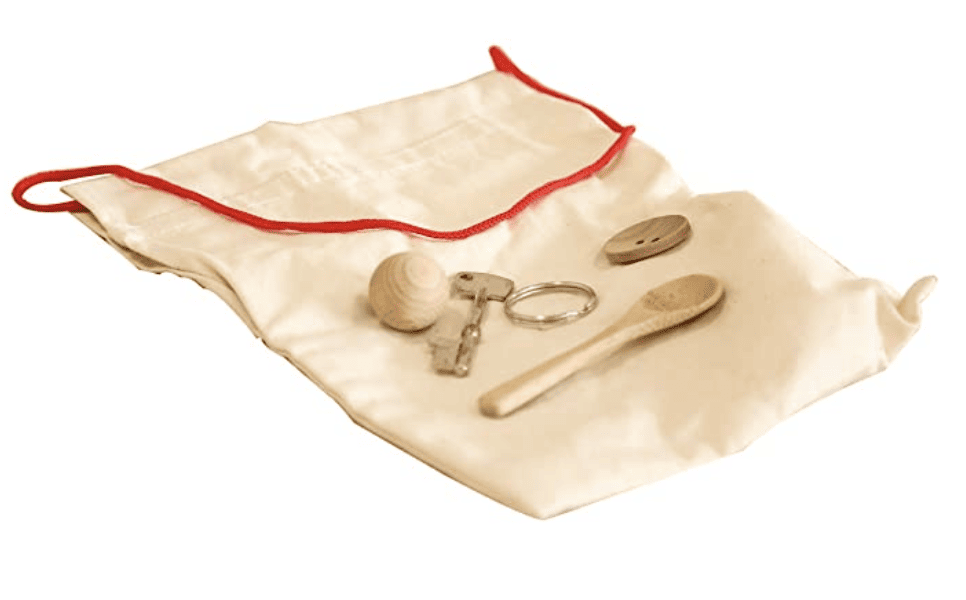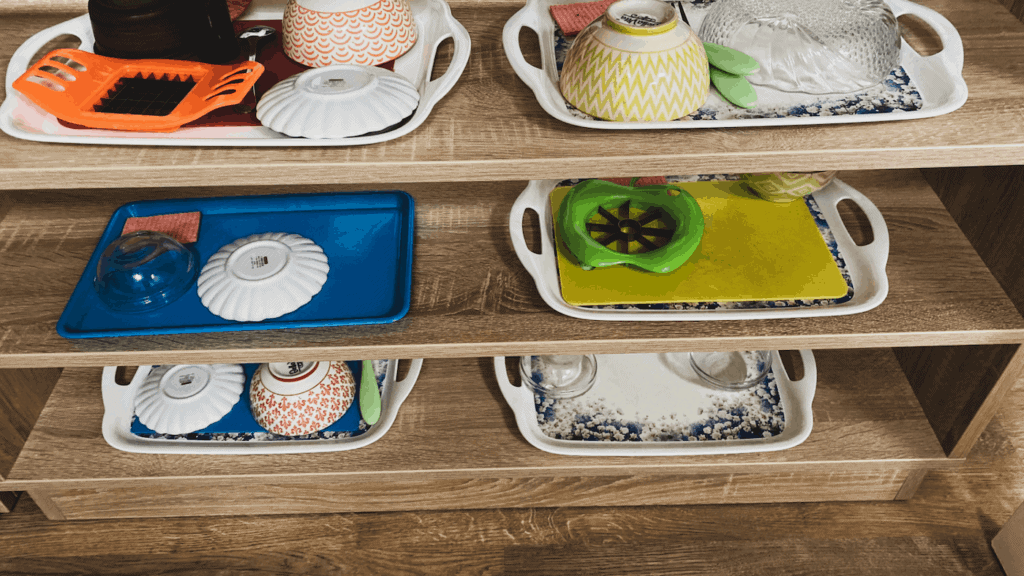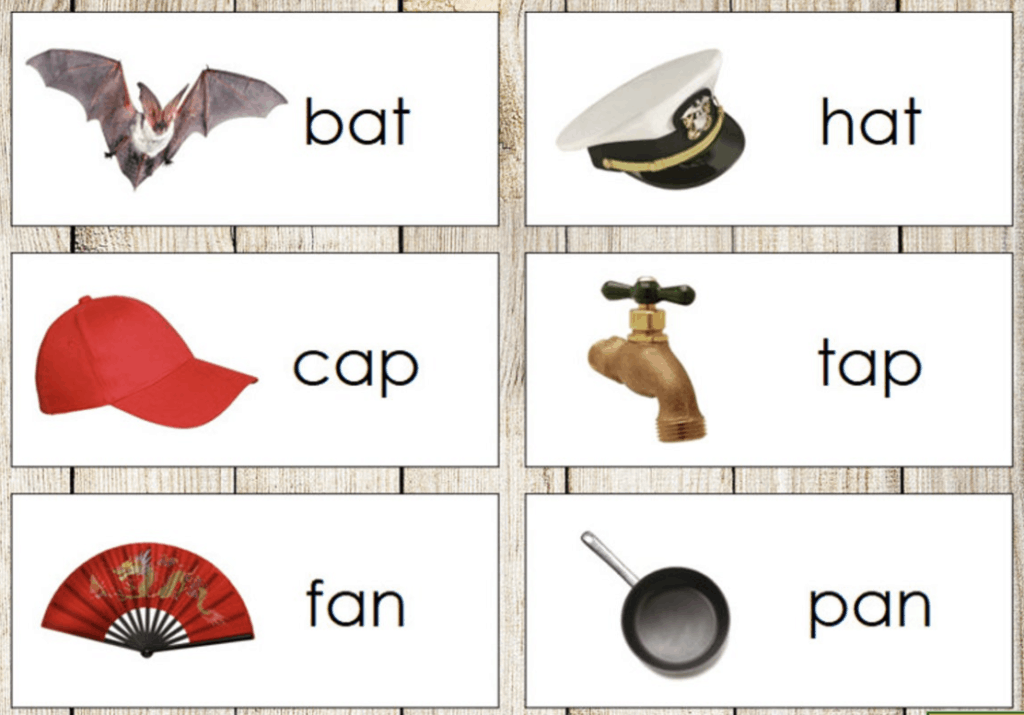The
In the
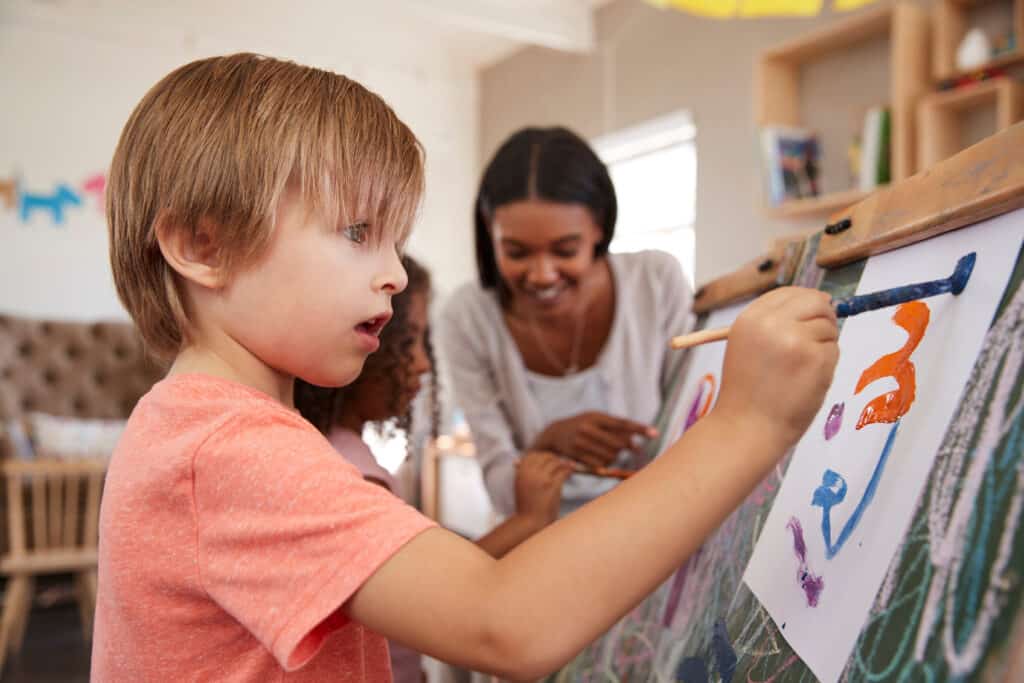
Does Montessori Teach Art?
Montessori is definitely a great way to teach your children how to be independent as well as how to communicate their emotions and ideas. If you’d like to know more about the Montessori method and how they teach art, look no further. You can find more information below!
As mentioned above, art is a very valued concept in the
In addition to developing a sense of self, students can also develop basic motor skills through practicing art. By painting, drawing, putting things together, and even by being aware of any spills they make, these kids will be able to learn and grow at a rapid pace. To encourage this individuality, Montessori classrooms come prepared with open-ended activities so the students can choose their own activities and go at their own pace.
Art in a
Maria Montessori on Art: The Founder’s Perspective
Maria Montessori said, “If we try to think back to the dim and distant past… what is it that helps us reconstruct those times, and to picture the lives of those who lived in them? It is their art… It is thanks to the hand, the companion of the mind, that civilization has arisen.”
Art is one of the best ways that we can come to understand and communicate with other people. Instilling that knowledge and understanding in children at a young age is one of the very best ways to produce happy, healthy, and wise individuals. Additionally, children will begin to develop a sense of value and self-worth because they are capable of creating beautiful things.
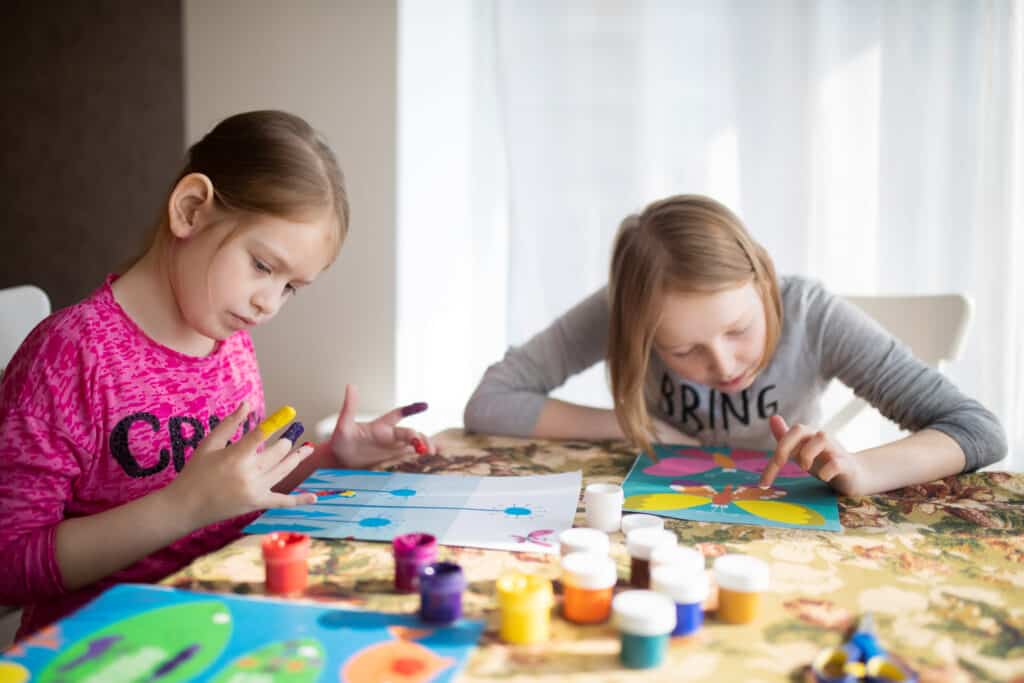
Art Teachers and Parents: Their Roles in a Montessori Classroom
Montessori schools do have art teachers, but they are called guides rather than teachers (as are all teachers at
So how is a
Another unique characteristic of
The roles that guides and parents play are huge. Both are meant to hold their child’s hand throughout the learning and creative process. Just as it is important to focus on the process rather than the product, it is also important that parents focus on the feelings the student has about his or her art project rather than their own feelings about it. Obviously, it’s always nice for you to praise your child’s work, but don’t do that absentmindedly.
If all your child hears after they complete a project is absentminded praise, they will start creating art for the mere purpose of winning your approval. If they leave something unfinished, leave it be and let them return to it when they are ready. When they do present it to you and ask what you thought about it, feel free to give feedback, but go further than just saying you like it. Ask them how they feel about it, how they made it, what they particularly like about it, etc. This will help the student to feel that they can continue to be productive and creative.
Parents and guides are there to support and instruct
Montessori Art Supplies
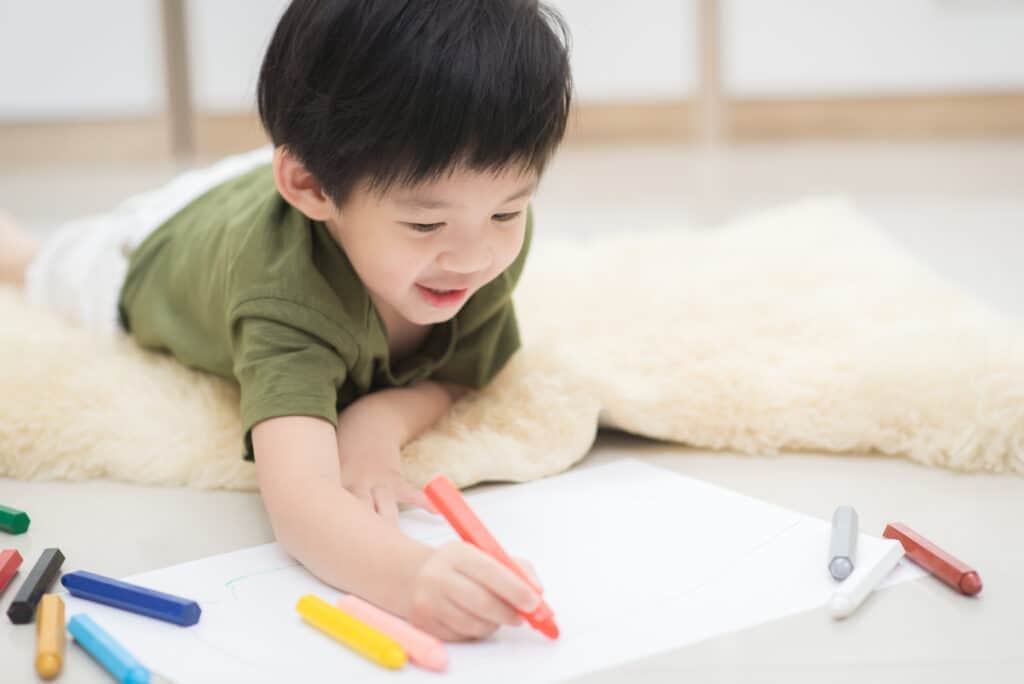
To provide students with an effective experience in the classroom, you must have a prepared environment.
The first and most obvious type of materials you want to get are drawing materials. Drawing is the first step most students usually take on their journey to becoming budding artists. Drawing materials could include crayons, sharpeners, colored pencils, graphite pencils, and erasers. If you want to take it a step further, you could also invest in rulers, watercolor pencils, stencils, pastels, and even a compass and magnifying glass. Giving the students plenty of options will help the students to engage fully in the creative process.
Painting is next, and just as with drawing, you will definitely want to start with the basics. Acrylic and tempera paints are ideal for classrooms with younger kids as long as they are non-toxic. Watercolors and finger paints are also recommended for little ones because they are hands-on and engaging. It might not be a bad idea to invest in canvas, watercolor crayons, watercolor pencils, and watercolor paper as well. You could even gather sticks and rocks to help give the kids a little imagination.
Montessori for Today picks out furniture, educational tools, toys and lifestyle items that we think are the best and most exciting, based on independent research and careful consideration. On some occasions we earn revenue (at no additional cost to you) if you click the links and buy the products. But this doesn’t affect what we choose to highlight and we will never let it bias our coverage.
Montessori classrooms often employ the teaching of color theory which is basically the study of how colors behave. To teach students this, it is a good idea to stock your classroom with acrylic and finger paints in all colors, starting with the primary colors. You can teach your students to create different colors using primary colors. This will help them to truly learn and understand color theory. To take it a step further, you may also want to consider putting color palettes and droppers in the classroom.
Don’t limit your students to drawing and painting only. Sculpture can be a great way for students to bypass limitations and expand their skillsets and ideas. Keep a good supply of magic model clay, plastic clay, plain tiles, beeswax modeling clay, and earth clay in your classroom. You can also keep a supply of tools such as rolling pins, stamps, wooden shapes, carving tools, and cookie cutters on hand so they can work with the clay any way they want to.
In addition to drawing, painting, and sculpting, there are several other crafting activities that students can participate in. You could keep sewing supplies in your classroom as well. Things such as needles, thread, fabric, and yarn are all good choices (but they should only be used by responsible older children). If you want to go the extra mile, you could even bring in cross-stitching material and origami paper. These art activities also work as practical life activities.
You can also stock up on paper crafting and nature crafting supplies. These could include scissors, glue, colored paper, hot glue guns, and things like rocks, leaves, and sticks for the kids to work with. You could also provide your students with woodworking items such as nails, woodblocks, nails, popsicle sticks, corks, and toothpicks.
There must be no limits in your art classroom. Obviously, this could feel a little overwhelming, but if you are willing to have a large selection of items and materials, you will find that your students are capable of turning out incredibly innovative projects. This is a lot of stuff to put in the classroom, but you might find it to be well worth the effort.
Need help crafting a
Pros and Cons of the Montessori Way
Now that we’ve covered the basics of
Related: Is Montessori right for every child?
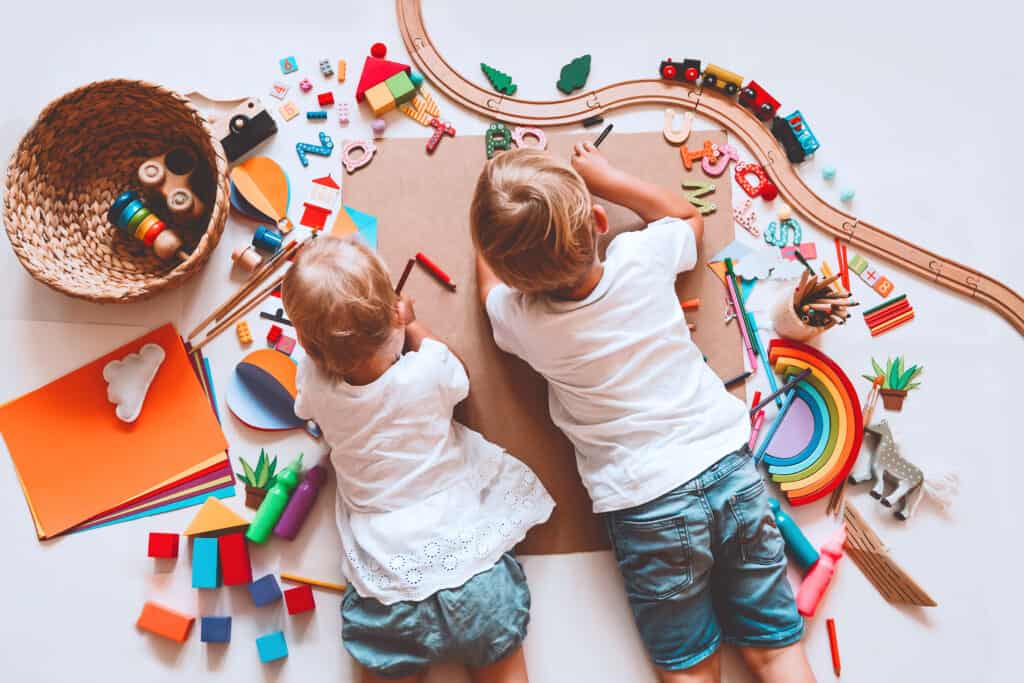
Pros
One of
Montessori is also a very much individualized method. Each child has a special focus based on their individual needs and learning styles. Rather than making a fuss about standardized tests and the class as a whole,
As opposed to many other schools,
Cons
Obviously, the Montessori method is not perfect and it most definitely has its fair share of flaws. First of all, friendships may or may not be very difficult for some students. You’re probably thinking, “that’s ironic since
Then there’s the issue of finding a Montessori school in your area.
Finally, there is also life outside of and after
Check out our article on the pros and cons of the Montessori Method for more information.


